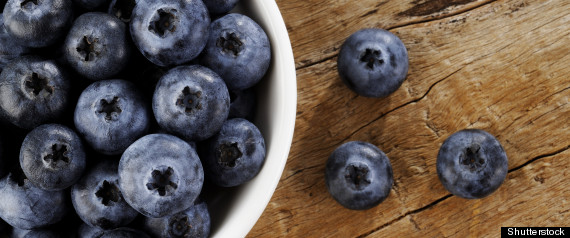During Golden Week, there are four public holidays and three regular days. Most companies are closed on April 30th, May 1st, and May 2nd. So, many people have about a full week of paid holidays. Also, Golden Week may be extended if there are weekends. Note that May Day is not a public holiday. However on May Day, you can watch many demonstrations and protests in the streets and parks.
Traveling during Golden Week is very common. Be forewarned: if you do not large crowds of people, do not travel during Golden Week. Many tourist places become very crowded during Golden Week. The train stations and airports are constantly full of travelers. Many Japanese travelers go overseas during Golden Week for vacation.
You may be asking yourself, why is this week of long consecutive holidays called "Golden Week"? According to Wikipedia:
The National Holiday Laws, promulgated in July 1948, declared nine official holidays. Since many were concentrated in a week spanning the end of April to early May, many leisure-based industries experienced spikes in their revenues. The film industry was no exception. In 1951, the film Jiyū Gakkō recorded higher ticket sales during this holiday-filled week than any other time in the year (including New Year's and Obon). This prompted the managing director of Daiei Film Co., Ltd. to dub the week "Golden Week" based on the Japanese radio lingo “golden time,” which denotes the period with the highest listener ratings.[4]
ゴールデンウィーク」の名称は、映画会社の大映が松竹と競作して1951年(昭和26年)に同時上映となった獅子文六原作の『自由学校』が大映創設以来(当時)最高の売上を記録[3]し、正月映画やお盆映画以上の興行成績を残したことで[4]、映画界でこの時期に多数の動員を生み出すことや活性化を目的として当時の大映常務取締役であった松山英夫によって作成された宣伝用語であり[4][5]、1952年(昭和27年) - 1953年(昭和28年)頃から一般にも使用されるようになり[5]、他の業界にも広まった。なお、このときの大映は続いて秋の文化の日を中心とした期間を「シルバーウィーク」と名付けたが、当時こちらは定着しなかった[4][5
If you are going to see a movie during this time of the year, just remember that this was the action that started the term "Golden Week".Also, it is interesting to note that Golden Week is not a Japanese celebration. Golden Week is also celebrated in China. Once again from Wikipedia:
Have fun during Golden Week!!
Golden Week (黄金周) in the mainland of the People's Republic of China is the name given to a semi-annual 7-day national holiday, implemented in 2000:[1]
A third Golden Week holiday, which spanned May 1 and celebrated Labour Day, existed until 2007.
- The "Chinese Lunar New Year Golden Week" begins in January or February.
- The "National Day Golden Week" begins around October 1.
Three days of paid holiday are given, and the surrounding weekends are re-arranged so that workers in Chinese companies always have seven continuous days of holiday. These national holidays were first started by the government for the PRC's National Day in 1999 and are primarily intended to help expand the domestic tourism market and improve the national standard of living, as well as allowing people to make long-distance family visits. The Golden Weeks are consequently periods of greatly heightened travel activity.




























